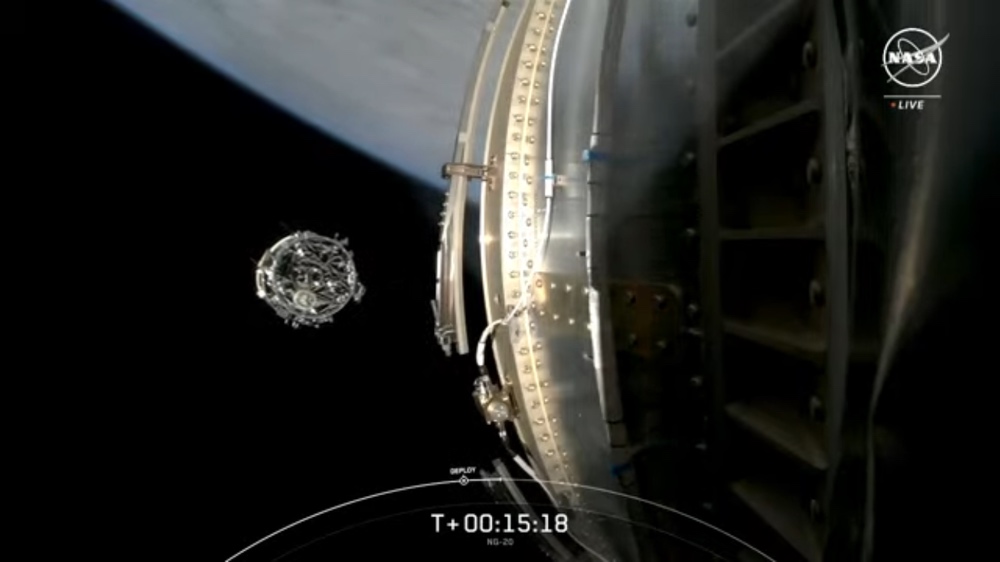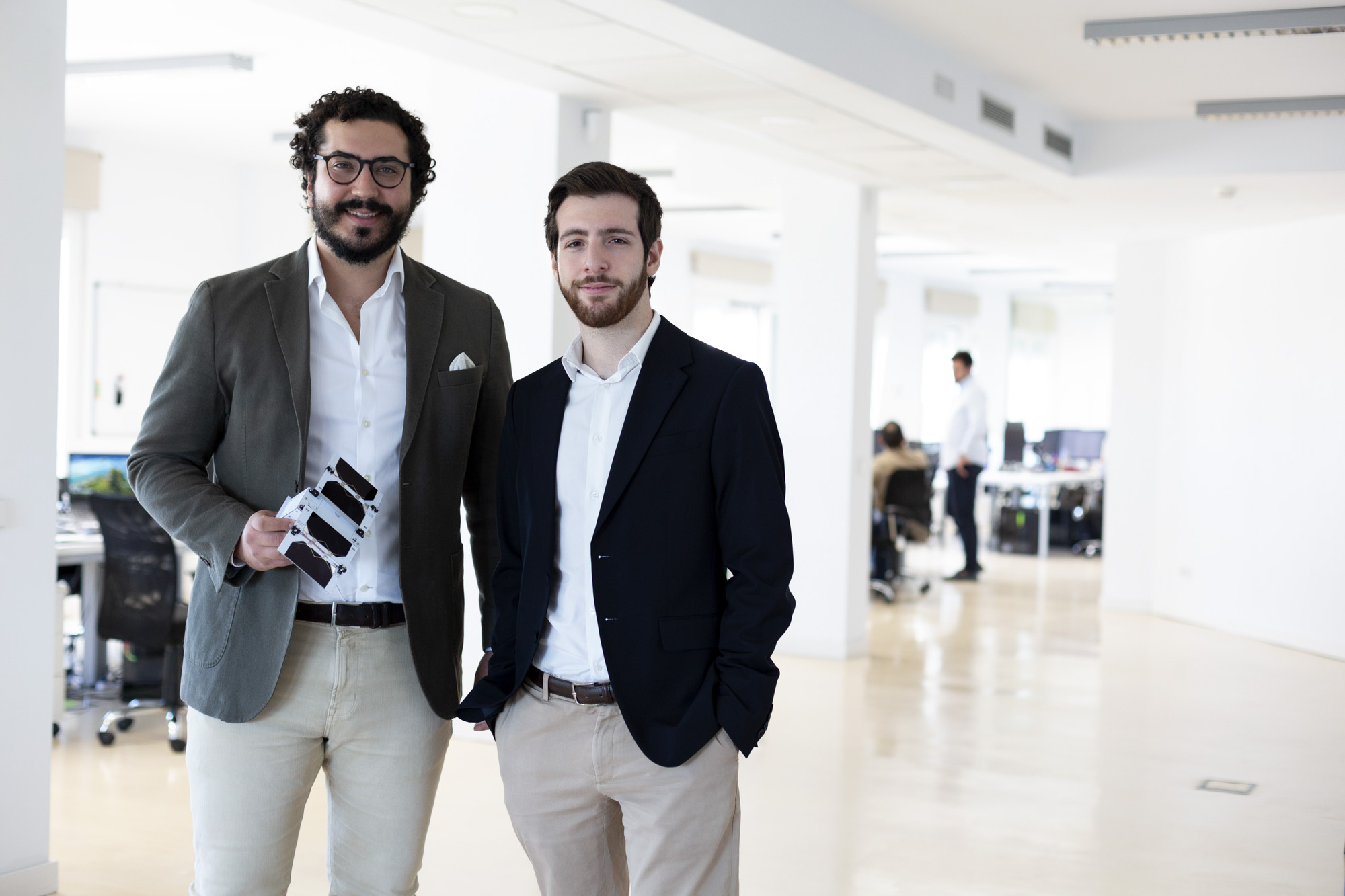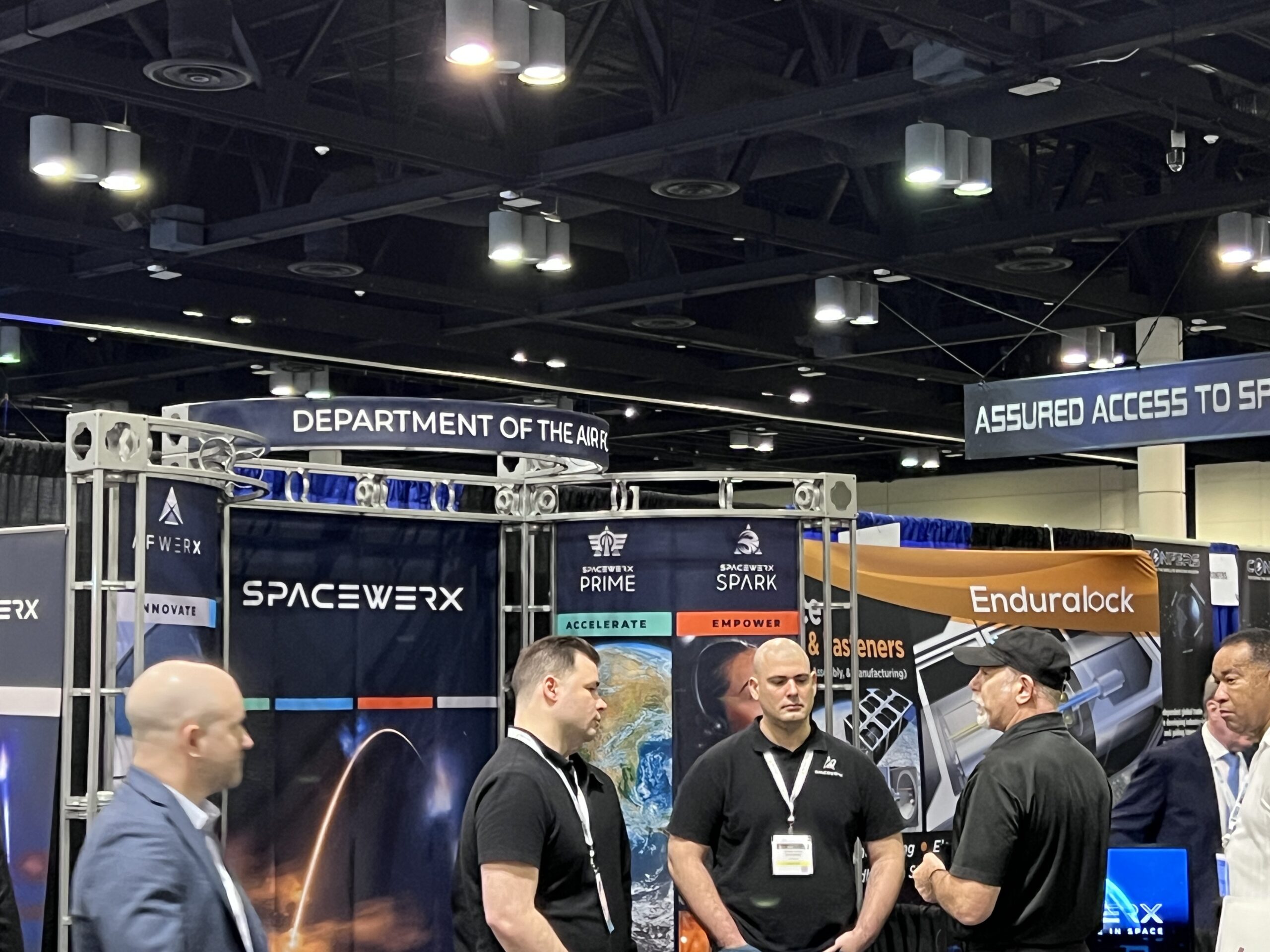ORLANDO, Fla. — A SpaceX Falcon 9 successfully launched a Northrop Cygnus cargo spacecraft to the International Space Station for the first time Jan. 30.
The Falcon 9 lifted off at 12:07 p.m. Eastern from Space Launch Complex 40 at Cape Canaveral Space Force Station in Florida. It deployed into orbit nearly 15 minutes later a Cygnus cargo spacecraft on the NG-20 commercial resupply station to the ISS. The Falcon 9 first stage returned for a landing at Cape Canaveral to complete its tenth flight.
The launch was the first time Cygnus launched on a Falcon 9. Most previous Cygnus missions launched on Northrop Grumman’s own Antares rocket, other than two that launched on United Launch Alliance Atlas 5 vehicles after an Antares launch failure in 2014.
Northrop procured three Falcon 9 launches for Cygnus while it works with Firefly Aerospace on the Antares 330, a new version of the rocket that replaces the Ukrainian-built first stage and Russian-manufactured engines with a stage and engines produced by Firefly. That vehicle is slated to begin launches as soon as mid-2025.
Northrop said at a Jan. 26 briefing that they made few changes to the Cygnus spacecraft or its processing flow to accommodate the switch to the Falcon 9. SpaceX said at the same briefing that they did modify the Falcon 9 payload fairing to add a door, enabling access to the Cygnus spacecraft for the late load of cargo just before launch.
The spacecraft, named by Northrop “S.S. Patricia ‘Patty’ Hilliard Robertson” after the late NASA astronaut, is scheduled to arrive at the station and be berthed by the Canadarm2 robotic arm early Feb. 1. Cygnus will remain at the station for at least 100 days.
The Cygnus is carrying 3,726 kilograms of cargo for the ISS, split almost evenly among crew supplies, science investigation and vehicle hardware. The research payloads range from biological research to demonstrations of a surgical robot system inside the station and robotic arms developed by GITAI outside the station.
Among the payloads is Hewlett Packard’s Enterprise’s Spaceborne Computer-2. The computer is designed to analyze data from other investigations on the station using artificial intelligence and machine learning without the need to transmit large volumes of data to the ground. “I can compute faster than you can download,” said Mark Fernandez, principal investigator, during a Jan. 26 briefing.
The computer is an upgraded version of one previously flown on the station, with a new operating system and four 30-terabyte solid state drives. “We will be able to store any and all of the raw data you generate up there, process it and get your insights back down to Earth faster and better than ever,” he said.
LambdaVision, a company developing artificial retinas best produced in microgravity, is flying its ninth experiment to the station on NG-20. “We have refined our manufacturing process over the last eight missions. We’re now looking at making this process scalable,” said Nicole Wagner, chief executive of LambdaVision,
“In the past couple of flights we have looked at scale: how do we take everything that we have learned to date and build on that so we can generate more artificial retinas,” she said, as her company considers future production on the ISS or commercial successors.
Vehicle hardware on NG-20 includes a kit for later installation of another set of iROSA solar arrays outside the station as well as spare parts for the station components such as the oxygen generator and exercise equipment. “All these spares are essentially spare parts for future repairs,” said Dina Contella, operations integration manager for the ISS at NASA, at a Jan. 26 briefing, rather that equipment that needs repair now.
As with other cargo missions, NASA is using NG-20 to provide the crew with an assortment of fresh food, from hazelnut spread to hummus. “Lots of ice cream,” Contella added.



